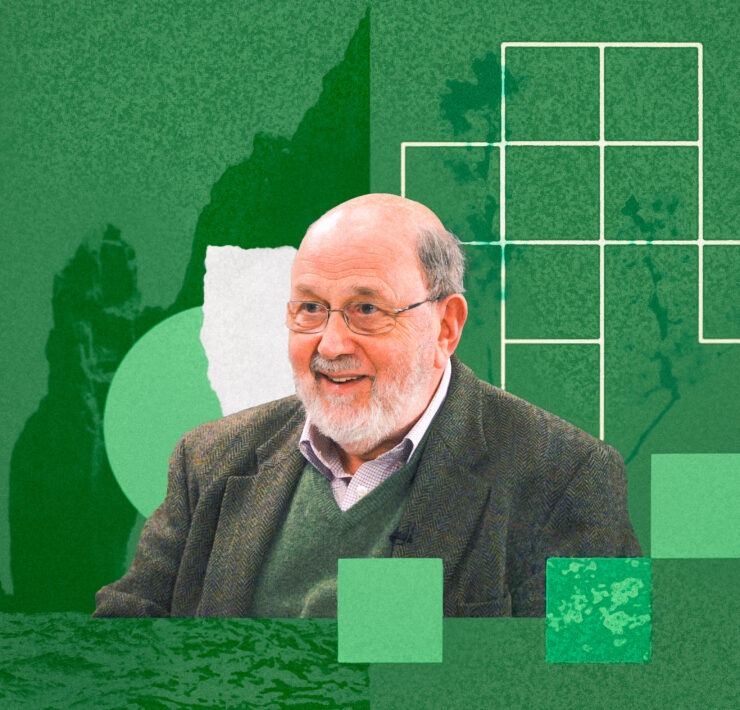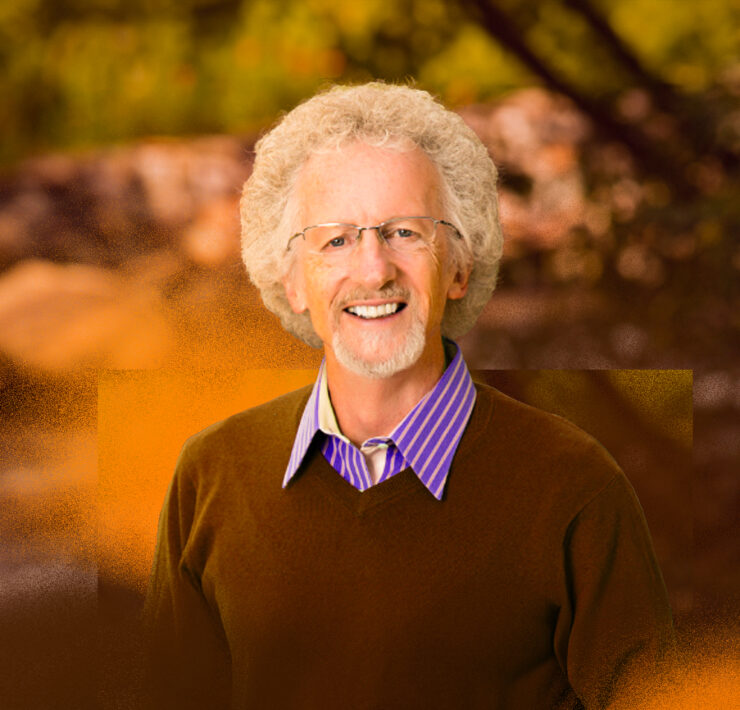Several years ago, a conference on interfaith youth work was held at Northwestern University. One of the keynote sessions was a dialogue between Eboo Patel, founder of the Interfaith Youth Core, and Jim Wallis of Sojourners. During the discussion, Jim shared his passion for social justice, talking about a time when he went through the Bible and cut out all of the verses about justice, leaving a tattered and much slimmer volume than what he had started with. His point: Social justice is absolutely essential to the Christian message.
Eboo followed this up by asking him which texts in the Bible highlight the need for interfaith engagement. Jim responded by saying that he honestly couldn’t think of any. As I watched the footage of that interaction, I was dismayed that such a noted evangelical leader could not think of any Scriptural texts that could inform a Christian approach to interfaith engagement. And yet, I could not blame him. At the time, there was very little material available to help evangelical Christians think biblically about interfaith work, and what was available was not very accessible to a general audience.
I think the reason for this was because of the history of interfaith engagement in the evangelical world up to that point. The reality is that, when it comes to interactions with people of other faith traditions, evangelicals have been standoffish at best and, at worst, hostile. Too often those few interactions with communities from other faith backgrounds dissolve into theological slugging matches in which each side seeks to point out the flaws of the other, with evangelicals entering the fray in the name of evangelism. Any effort to build bridges has historically been viewed with suspicion as a potential barrier to true witness. As such, there have been very few models for the average layperson that paint a meaningful picture of what engagement with people of other faiths could look like.
This was particularly evident to me as an undergrad at the University of Illinois in Urbana-Champaign. I was majoring in religious studies, with a focus in Islamic studies. I was also very active in my campus’ InterVarsity chapter. Needless to say, when some of my peers learned what my specific area of study was, they responded with caution and, on more than one occasion, felt the need to check in with me just to see if I was still sufficiently orthodox in my evangelicalism. At the same time, I was getting bombarded by my Muslim classmates about my faith, with many wondering what I was doing studying Islam. Understandably, many of them thought I was simply looking for theological ammo to lob their way in a debate.
Needless to say, this was very discouraging because I genuinely wanted to learn about a faith tradition other than my own while still remaining faithful to my own religious convictions. Yet there were few resources to help me navigate this well. Like Jim Wallis, I was stuck. I couldn’t think of any biblical reasons to stay involved in meaningful dialogue, yet I felt like there had to be some way to bridge the divide between hostile interaction and non-engagement.
I was fortunate to have several InterVarsity staff workers encourage me to keep going in my studies and challenge me to find a biblical basis for interfaith dialogue that still left room for faithful witness. As I search through the Scriptures, one passage kept coming up over and over again: Acts 17:16-34.
In this passage, the apostle Paul is spending time in the Greek city of Athens, a place with a wide variety of religious beliefs and worldviews present. During his stay there, he is invited to share about his own faith with one of the leading intellectual bodies of the city: the Areopagus. What follows is an incredible exchange in which Paul demonstrates his own literacy in the religious traditions of the Athenians while also remaining true to his convictions as a Christian evangelist.
While this encounter is a brilliant example of humble apologetics and evangelism, it also teaches us something about how we are to approach other religious traditions. During his defense of the Gospel, Paul quotes two Greek philosophers in his argument: Epimenides and Aratus (v. 28). What is surprising is that he not only quotes them, but also affirms the viewpoints that they espoused, using them as a way to build his own case for the Gospel. While Paul did not agree wholesale with the worldviews of either of these writers, he acknowledged that there was some truth to what they taught and wanted to acknowledge that.
In Paul’s example here, we see that it is possible for evangelicals to affirm some of the truth claims of other faith traditions where those claims align with our own. This can be a building block toward mutual understanding and respect, as well as a platform from which to begin working together. Again, it is important not to compromise the Gospel message, but we learn here that it is also possible to affirm areas of commonality.
This text provided a wonderful model for me in terms of how to engage my studies. But it has also served as a model for faithful witness and respectful dialogue in my relationships with people from other faith traditions since then. Acts 17 shows us that evangelicals should have a curiosity about and a desire to grow in their understanding of other world religions. Interfaith dialogue is a brilliant place to start because it begins from a place of sharing and is born out of a desire to increase understanding across faith lines. As such, evangelicals should not fear entering into such spaces but can do so with a desire to learn. Furthermore, witness often grows naturally out of these conversations as trust and mutual respect are built.
As we learn to negotiate the tension between evangelism and interfaith engagement, I think it is helpful to examine this text and others that can provide us with a framework for how to live in our religiously plural world. My hope is that we would learn to have the same winsome attitude and humble posture Paul did as we learn to interact with our neighbors from other religious communities. In doing so, I think that we will find our own faith strengthened and our witness made more credible as we treat other faith traditions with respect, even as we share and discuss our differences with one another.























